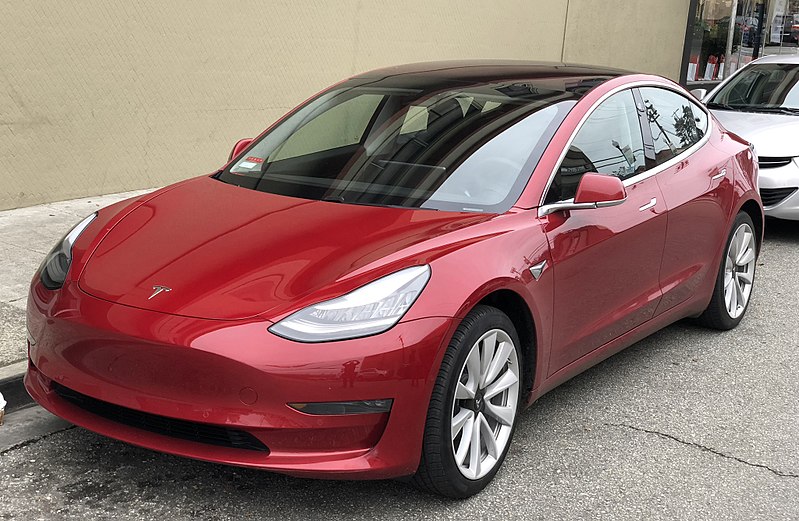Just two percent of all auto sales today are electric. It is estimated that over 3.5 million electric cars are on the road today, and there may be as many as 36 million electric cars by 2025.
By 2040, 30 percent of all new car sales will be electric, according to analysts at IHS Markit. What does this massive increase of electric vehicles mean for the future of oil?
China Matters
The largest disrupter to the future of oil may be coming from China. Elon Musk has big plans in China where electric vehicle sales are three times higher than they are in the United States. Tesla (TSLA – Get Report) has just broken ground on a massive gigafactory that will have capacity to manufacture 500,000 cars per year.

Since tariffs have driven up the price of importing these vehicles, Tesla will now be able to build locally and bypass tariffs. In addition, BP Ventures just invested in the Chinese electric vehicle (EV) charging start-up PowerShare.
China is targeting sales of more than 7 million EVs by 2025, up from just 350,000 over the last 12 months. By 2030, China will overtake the United States as the largest consumer of oil with net imports reaching 13 million barrels per day, (the U.S. currently consumes about 20 million barrels per day).
Transportation Still Dominates Crude Demand
Global oil demand is forecast to stall within the next decade and the rise of EVs may accelerate the decreased demand. According to the Energy Information Administration, global oil demand is expected to average over 101 million barrels per day in 2019. But growth may have already peaked. The EIA’s estimate is a reduction of about 100,000 from its previous outlook.
The 101 million barrels consists of approximately 80 percent crude oil and 20 percent natural gas liquids. According to EIA, about 55 percent of the crude oil demand is for transportation while 35 percent is for industrial use and the remainder in other categories such as electricity. IHS also estimates that roughly a third of global oil demand is from cars: 40 percent of the growth since 2000 has come from cars. Again, the growth of EVs, especially in China, may greatly affect this number.
Read more: The Street


